
Checking in from the Philippines, and Checking in on ‘Vega’
Santa Cruz sailor Tom Van Dyke is sheltering in place in the Philippines and decided to check in with an update of his current whereabouts and sailing life. Tom left Santa Cruz in 2012 aboard his Jim Brown Searunner 31, En Point. After sailing through Thailand and nearby regions, Tom sold En Point in 2016.
“I went as far as the west coast of Sumatra before deciding it was time for a bigger boat.”
Now, lounging luxuriously aboard his newly restored St Francis 43 catamaran Umineko in Coron, Philippines, Tom is enjoying exploring and diving the nearby waters of Busuanga Island — the resting place of several WWII shipwrecks.
“We don’t have to go far, less than 1/2 mile to dive on one, the Akisushita, a Japanese Imperial Navy oil tanker sunk by the US Navy in late 1944 during the battle to liberate the Philippines.”
Along with enjoying the island life, Tom has been keeping track of the historic sailing vessel Vega. Early last year Tom wrote about Vega, the (then) 127-year-old wooden ship that was dropped — twice — during what should have been a simple haulout.
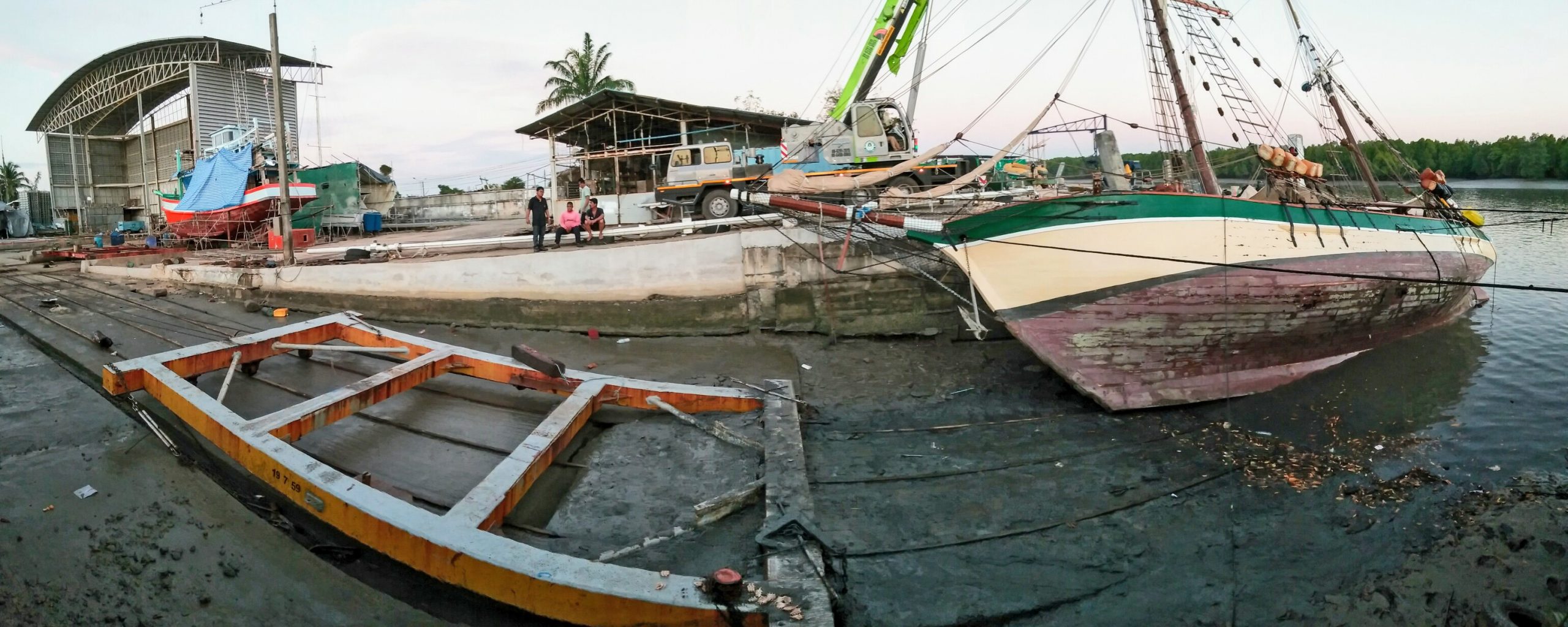
Vega is now fully repaired and ready to resume her mission to carry free school and health supplies to remote islands in eastern Indonesia, and to East Timor. However, just like the rest of the world, the vessel and her crew are sheltering in place, waiting for life, as they have known it, to continue.
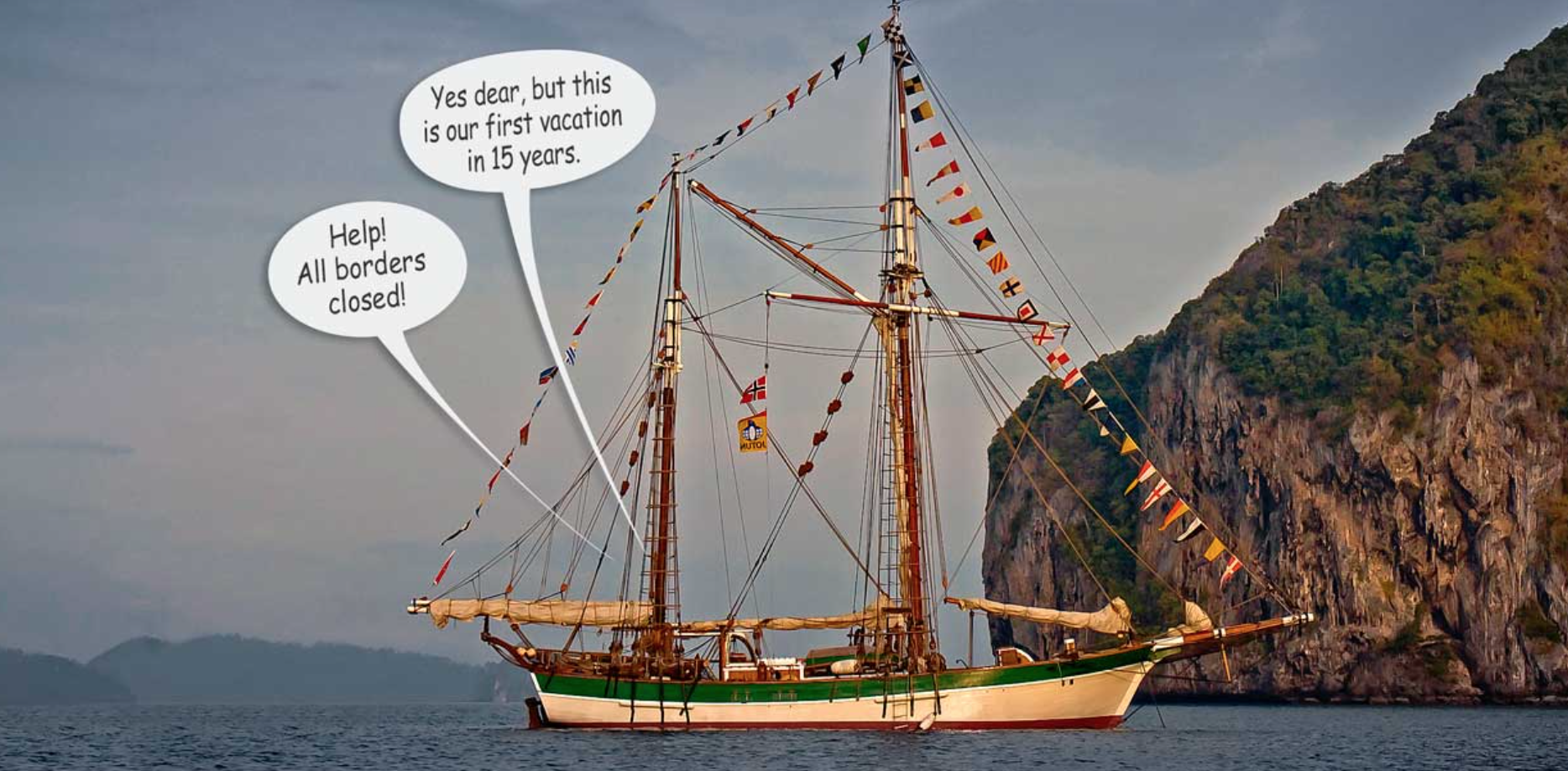
Vega was built in 1892 in Olve, Norway. She was designed to carry heavy cargo for trade in the North Sea and Baltic Sea — a mission she is clearly well suited to as she sails over 6,000 miles a year carrying her ‘cargoes of hope’.
We hope to bring you a more detailed update of Vega and her crew in an upcoming edition of Latitude 38, so stay tuned!
Treasure Island Sailing Center Statement of Solidarity

The Treasure Island Sailing Center (TISC) was founded to increase accessibility and equity in the sport of sailing. We believed that creating opportunities would help change the course of a child’s life, whether by learning new skills in a new environment or choosing to excel in a sport that provides life-changing opportunities that extend beyond sailing such as college admittance, first jobs and careers. We thought that opportunity would, in time, close the race gap that exists in our sport. However, recent events have provided the stark realization that providing opportunity will never be enough to adequately address the systemic racial inequity in either our society or our sport.
It has been 20 years since TISC began and yet we still do not see the changes in our sport or society that we envisioned. As we come to grips with the recent murders of George Floyd, Breonna Taylor, and Ahmaud Arbery, we realize that we must do more. We have failed to listen, to understand, and to stand with our community of color to proactively dismantle racism in our sport. We can and will do better.
Therefore, we are pausing to reflect on how we can be more vocal leaders and instruments for change at and beyond our organization. Some concrete actions that are underway include:
• Providing additional funding to support black and brown teens to return as Junior Instructors and inspirational examples for younger children; our staff should reflect the diversity of our children
• Incorporating curricular lessons on diversity, empathy, implicit bias and racial equity, so that all of our children, white, black and brown, understand their responsibility for social justice and racial equity
• Connecting with black and brown sailors around the world who can be role models for our children so they see people like them thriving in our sport
• Creating a Diversity & Inclusion Committee to discuss ways that we can educate our community and empower our children of color on and off the water
• Extending the influence of TISC to support facilitators and remove barriers for sailors of color when participating with other sailing groups (e.g., yacht clubs, high school/ college sailing teams, fleets) and events such as regattas and clinics
Our actions need to extend beyond our own organization; therefore, we ask our long-time friends, peers, constituents and extended sailing community to join us. For too long, we have all compartmentalized social and racial inequities in sailing by making diversity and access the primary responsibility of community sailing centers. Yet, social and racial equity will not come without intentional responses by the entire sailing community. Children of color will only get so far in a society that provides asymmetric challenges, barriers and threats to safety because of their skin color. We want our sport to reckon with the part that we are playing in this.
So, we ask the entire sailing community to also take this time to reflect and determine how each of us can use our individual and collective privilege to dismantle the racial inequity in sailing and in our day-to-day world. As Venus Williams recently stated, “Just as sexism is not only a ‘women’s issue,’ racism is not only a ‘black issue.'”
Our privilege comes with the power to empower others in meaningful ways to bring about change. Doing anything less is being silent, complacent and contributing to the systemic racial inequities that have been the Achilles heel of our society and our sport.
We reject silence.
We embrace a better future.
In Solidarity,
Members of the Treasure Island Sailing Center Board of Directors, Community Sailing Programs (CSP)
Committee, Facility for Advanced Sailing & Technology (FAST) Committee & Staff
Board of Directors
Carisa Harris Adamson, William Hoehler, Paul Heineken, Bill Kreysler, Douglas Smith, CSP & FAST Committees, Meredith Muller Brody, Chris Churchill, Melinda Erkelens, JJ Fetter, Dave Guinther, Pamela Healy, Ted Huang, Rolf Kaiser, Kimball Livingston, Katie Pettibone, Adam Spiegel, Leandro Spina
Leadership Staff & Instructors
Travis Lund, Laura DeFelice, Cazzie Cutting, Chris Davis, Alex Francois, Joshua Leihe, Dinah Luomanen, Miles Raneri, Hana Kim Rupnow, Luxine Smith, Ry Ulmer-Strack, Riley Timken, Raphael Weiner, Matt Bernard
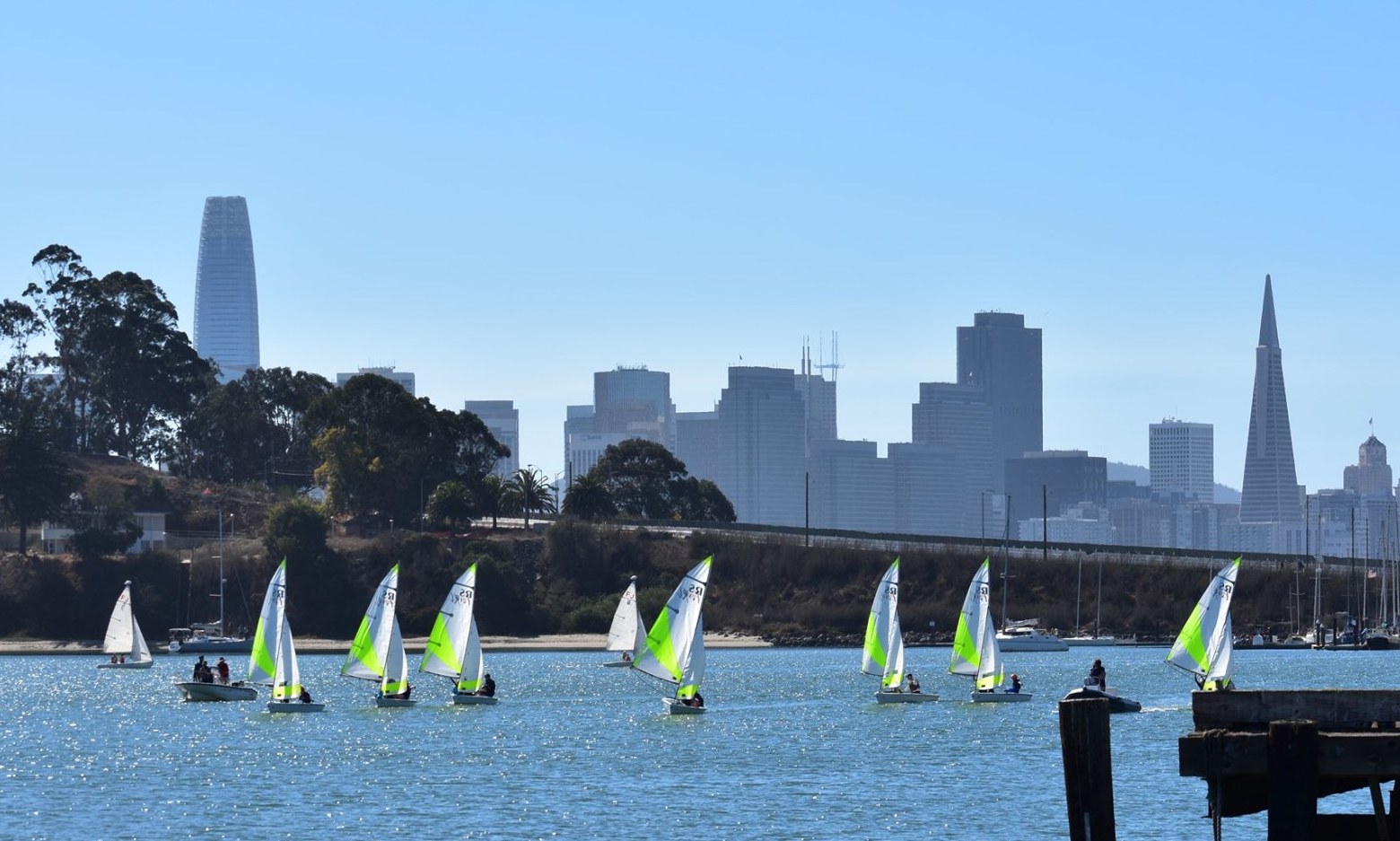
List Your Boat Now with Rubicon Yachts
Solo Vendée-Arctique Still Anyone’s Race
Beginning on July 4 in the famed French port of Les Sables-d’Olonne — starting place of the Vendée Globe around the world race — the inaugural Vendée-Arctique race marked a return to some type of normalcy in the sailing world. The first major ocean race of the COVID era, the race welcomed an impressive fleet of 20 singlehanded IMOCA 60 yachts, including several brand-new builds.
A recently scheduled race that essentially took the place of two canceled transatlantic races, the Vendée-Arctique is of huge importance to many teams who are preparing for the quadrennial Vendée Globe, which begins in November. Some teams are using the race as a final speed test against their rivals. Others are using the race as a first major shakedown for a new boat and/or a much-needed opportunity to officially qualify for the race.
One of the major story lines leading up to the race was the impact with a floating object and subsequent holing of the bow on Armel Tripon’s brand new L’Occitane, the first IMOCA designed by famed designer Sam Manuard. Hauled out and repaired in near-record time, L’Occitane was on the start line — and what a start. In a shot heard ‘round the world, Tripon rolled over the two very early leaders — to windward no less — right off the starting line. He managed to hold a small lead to the first turning mark, which was just a handful of miles into the 3,600-mile race.
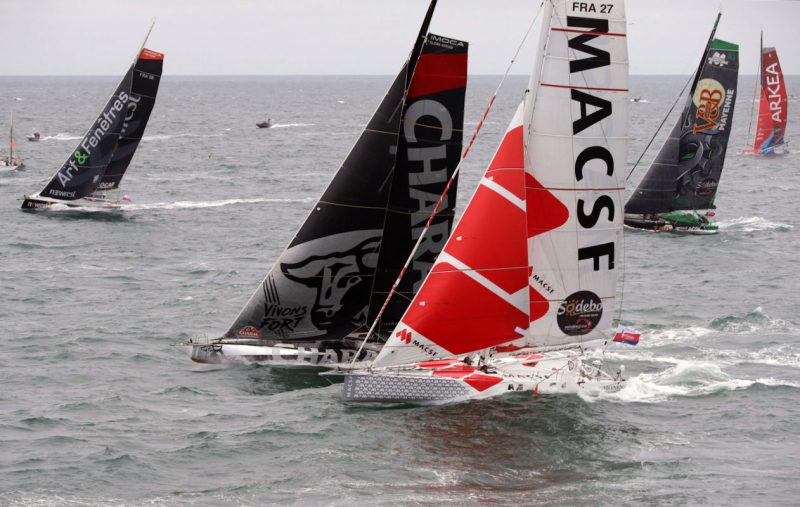
Once past the initial turning mark, the fleet began making way to the top mark on the course, a UNESCO buoy all the way up at 60° North, just southwest of Iceland. The sailors negotiated a classic North Atlantic low-pressure system in the early stages of the race. The breeze would only increase after the start, which saw a blustery 20 knots of wind.
Just three hours into the race, Sebastien Simon on Arkea Paprec — one of the pre-race favorites — sheared off his starboard foil and returned to port. The Juan K-designed Arkea Paprec has shown great speed potential. But after breaking its first two foils and going to an all-new foil design that was rumored to be the thickest in the fleet, Arkea Paprec’s most recent failure is surely bad news when preparing for a round the world race. Next up was Armel Tripon on L’Occitane, which sustained structural damage to the area on the starboard bow that had been repaired. Tripon safely returned to port. The team immediately got to work on repairing and then further reinforcing the area, which they stated was the original plan since before the race started.
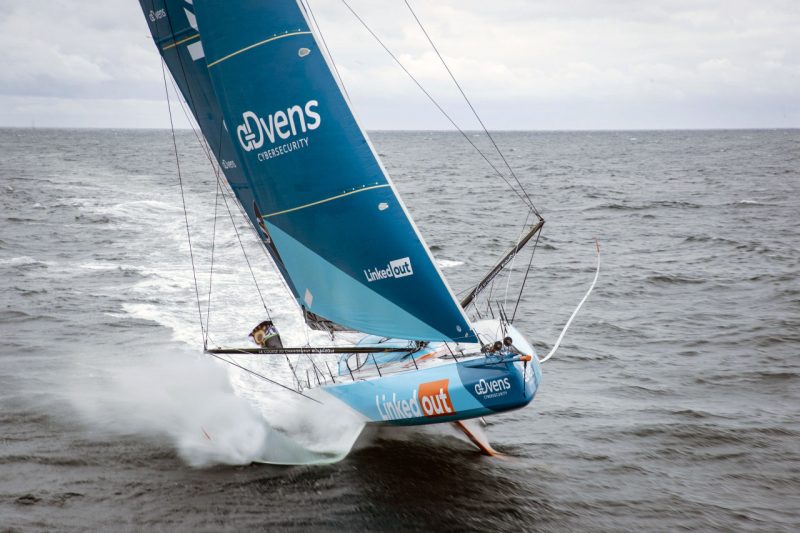
A trio of boats have been constantly swapping the lead. Thomas Ruyant on LinkedOut, Jérémie Beyou on Charal and Charlie Dalin on Apivia — all brand-new builds for this Vendée Globe — have proven to be the quickest in the fleet, though incredibly seven boats have managed to hold the lead at one point or another. Having just recently passed the last turning mark on the course, which was shortened to 2,800 miles due to a ballooning Azores High and some very light air that would have swallowed the fleet’s back markers, the leaders are now negotiating a complex weather window to the finish.
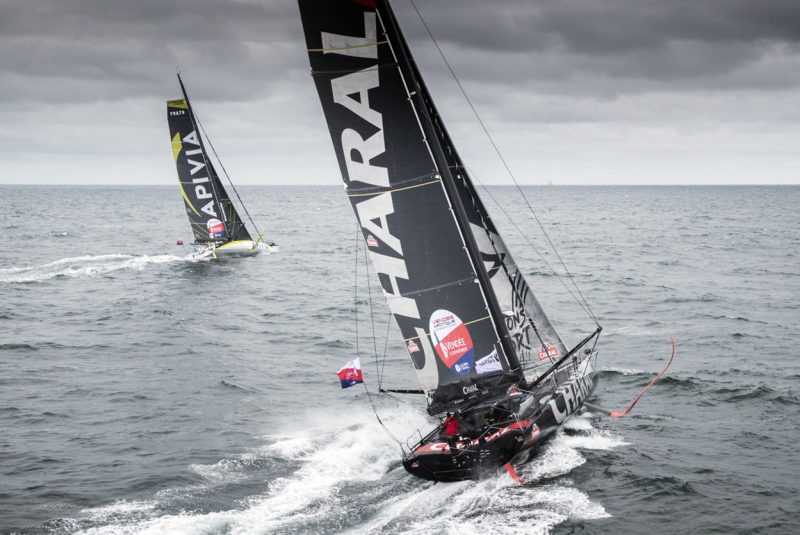
Currently sailing in light air, the leaders should see an increase in pressure out of the north, which will set up a quick beam reach for the last 500 miles to the finish. Light airs have compressed the fleet. Incredibly, the top five boats are just 11 miles apart after 2,300 miles of racing, and it’s still anyone’s race at this point.
The Vendée Globe, the crowning jewel of the IMOCA circuit, starts on November 8.
How You Can Change the Weather
Sailor Jim Haussener has alerted us to an opportunity for you to change the weather. Specifically, a notice was sent out by the National Weather Service (NWS) seeking your input on changes to the Watch, Warning, and Advisory system. The NWS is striving to support a “weather-ready nation” by ensuring we are all aware of and prepared for the variety of meteorological and water-based hazards we experience across the country every day.
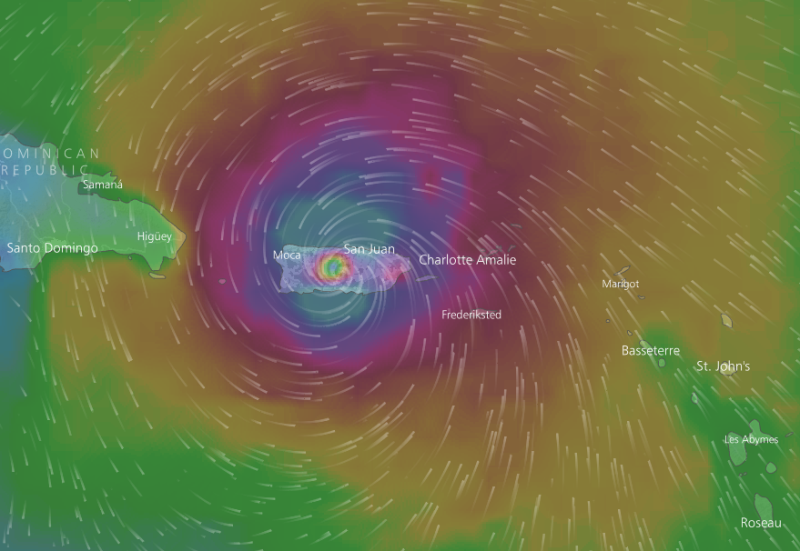
An extensive research program indicated that the current Watch, Warning, and Advisory (WWA) system involves too many products, and that the messages and headlines can be confusing and “widely misunderstood.” NWS is now looking to “Revamp” the process and simplify its messages.
This is important news for sailors, especially those who venture offshore. So we encourage you to take part in the survey and help make the system safer for all mariners. After all, most of the time we are waiting to see how the weather will affect us. This time you can affect the weather.
